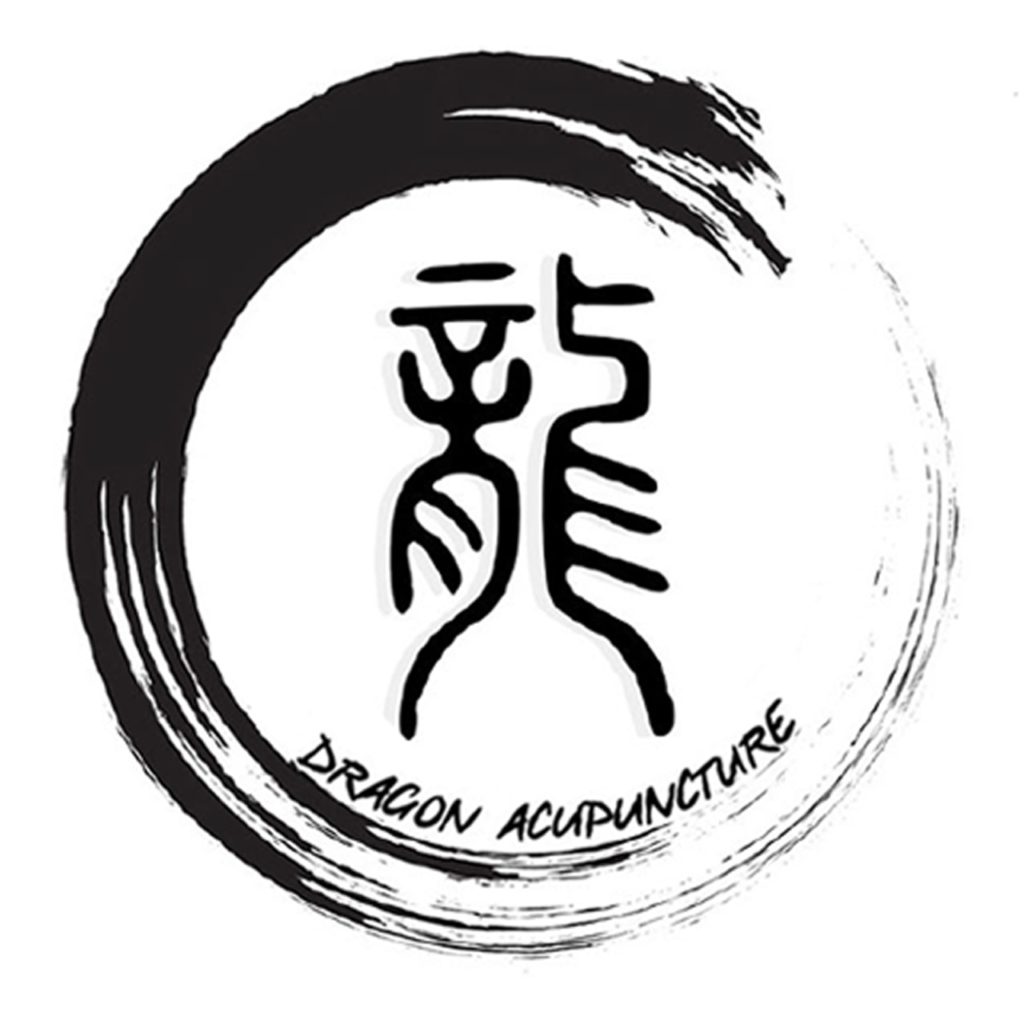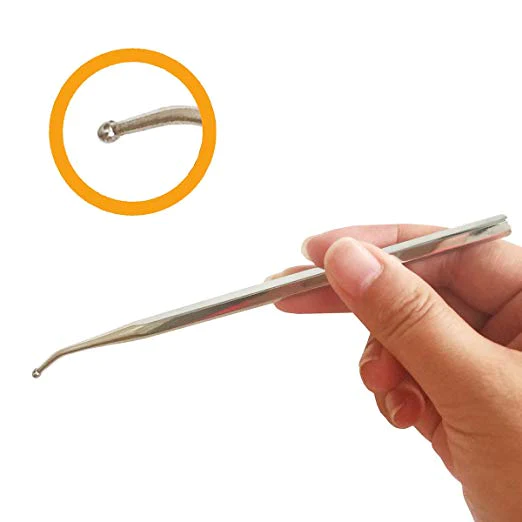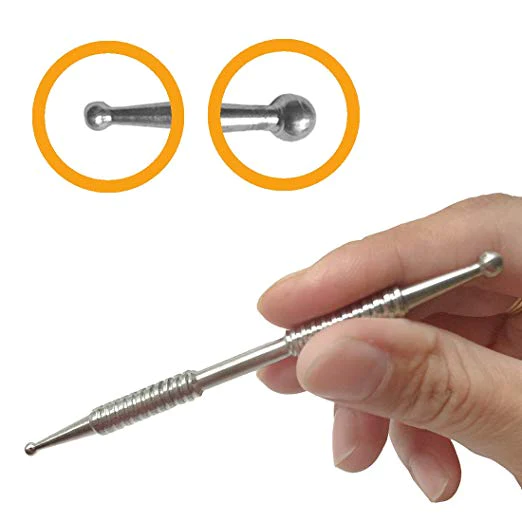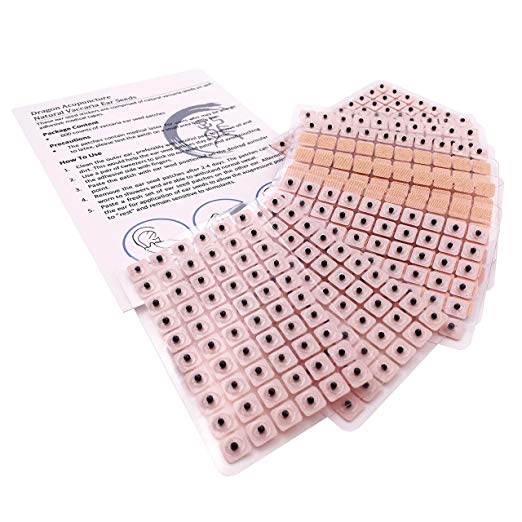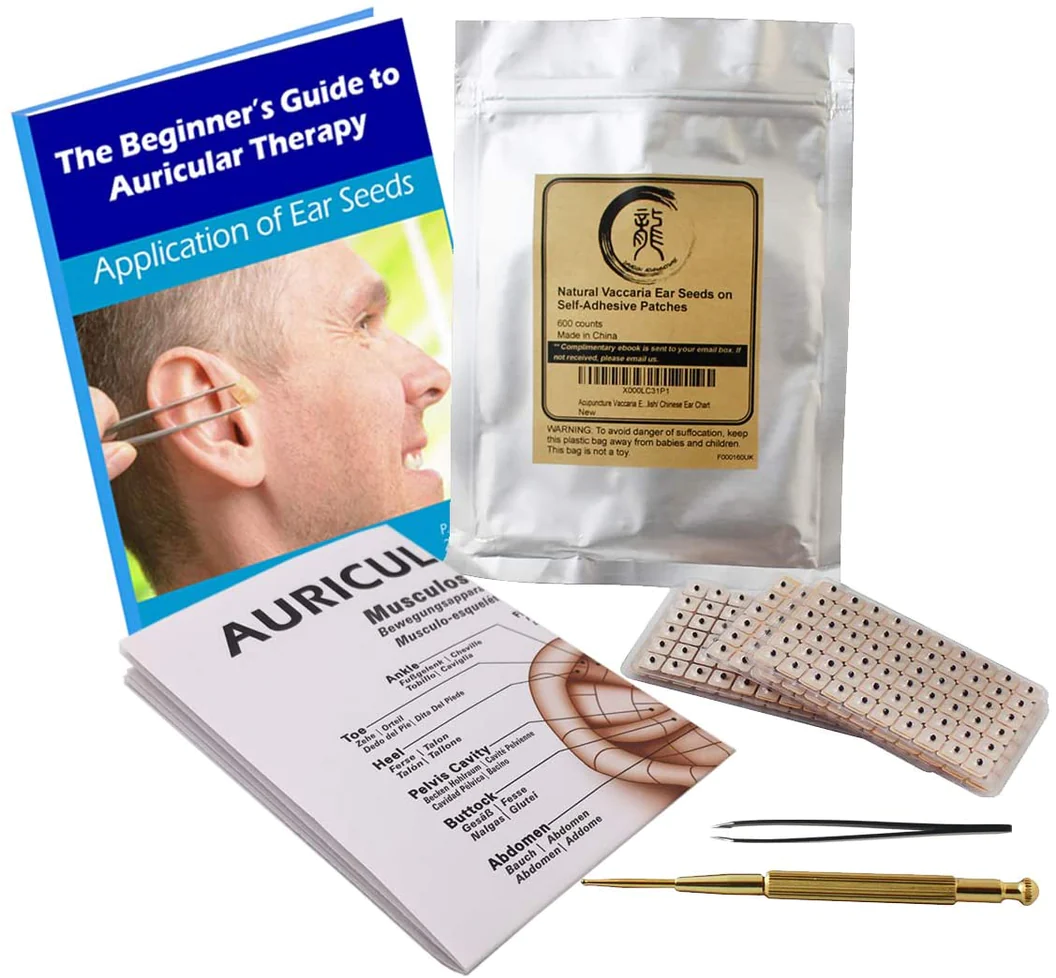What You Should Know Before Eating More Protein Than Carbs
If you’re cutting back on carbs and adding more protein to your plate, you’re not alone. Many women in their 30s and 40s are choosing high-protein, low-carb diets to support weight management, boost energy, and maintain lean muscle. While this shift offers real benefits, it also brings some challenges—especially for digestion and long-term balance.
In this article, you’ll learn what really happens in your body when protein becomes your primary fuel. We’ll also explore how Traditional Chinese Medicine (TCM) acupressure can support digestion and help you feel lighter and more energized as your body adjusts.
What Happens to Your Body When You Eat More Protein Than Carbs
Shifting your macronutrient balance toward more protein and fewer carbohydrates can have immediate and long-term effects on how you feel and function.
Short-Term Effects You Might Notice
- Increased Satiety and Reduced Cravings High-protein diets are known to reduce hunger. Studies have shown that increasing protein intake to 30% of daily calories can cut cravings by up to 60% and help reduce daily caloric intake by over 400 calories.
- More Stable Energy Levels Less sugar and fewer refined carbs help avoid blood sugar spikes and crashes, leading to steadier energy throughout the day.
- Digestive Discomfort from Low Fiber Cutting carbs often means cutting fiber, especially if you reduce fruits, whole grains, and legumes. This can lead to bloating, constipation, and a sluggish gut.
Long-Term Changes to Be Aware Of
- Fat Loss and Muscle Maintenance High-protein diets help preserve lean muscle mass, especially during weight loss. This is crucial for women over 30, when natural muscle decline typically begins.
- Improved Blood Sugar Control Protein slows digestion and glucose absorption, which helps stabilize blood sugar—a benefit for those managing insulin sensitivity.
- Kidney Function May Be Stressed When protein is broken down, the body produces nitrogen waste. In healthy people, the kidneys filter this efficiently, but in those with underlying kidney issues, high protein intake could increase strain.
- Reduced Gut Microbiome Diversity Long-term low fiber intake may decrease the diversity of beneficial gut bacteria, potentially affecting digestion, mood, and immune function.
How These Effects Are Backed by Research
Many of the known effects of high-protein, low-carb diets come from clinical trials and long-term observational studies. These studies typically track:
- Hunger levels and caloric intake
- Body composition (fat loss vs. muscle retention)
- Blood sugar and insulin markers
- Kidney function via creatinine and urea levels
- Gut health indicators like microbiome diversity
Together, this research gives a well-rounded picture of how our bodies adapt to higher protein consumption—and what we need to look out for.
Acupressure for Bloating and Indigestion: A TCM Approach
From a Traditional Chinese Medicine perspective, the digestive system relies on the harmony of the Stomach and Spleen meridians. When protein consumption increases—especially without enough fiber—Qi can become stagnant, leading to bloating, heaviness, or fatigue.
Fortunately, TCM offers gentle and effective ways to restore digestive flow using acupressure.
3 Acupressure Points to Ease Bloating and Support Digestion
Stomach 36 (Zu San Li)
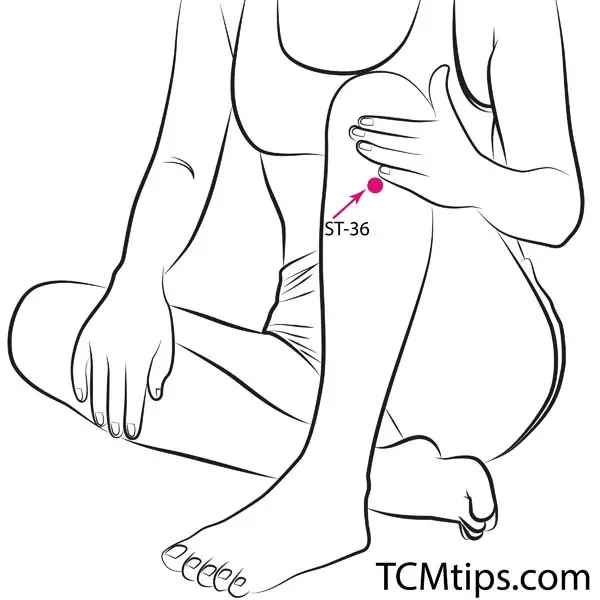
Location: Four finger-widths below the kneecap, slightly to the outer side of the shinbone. Benefits: Boosts digestive energy (Qi), relieves fullness, and strengthens overall vitality. How to use: Apply gentle pressure in circular motions for 2–3 minutes per leg, once or twice daily.
Bladder 21 (Wei Shu)
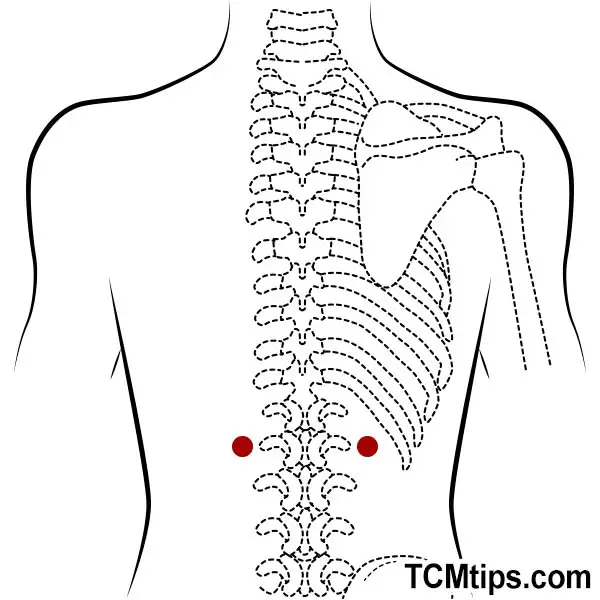
Location: On the back, level with the bottom of the 12th thoracic vertebra, about 1.5 finger-widths from the spine. Benefits: Stimulates the stomach’s function, relieves bloating, and promotes smoother digestion. How to use: Use thumbs or a massage tool to apply firm pressure for 1–2 minutes. This point is easier to reach with assistance or while lying down on a massage ball.
Large Intestine 4 (He Gu)

Location: In the web between the thumb and index finger. Benefits: Regulates bowel movements and relieves abdominal discomfort. How to use: Press firmly for 1–2 minutes, particularly after a heavy, protein-rich meal.
Want to explore more? Discover our detailed guide on acupressure for bloating and indigestion for step-by-step techniques to support your digestive health naturally.
Final Thoughts
Eating more protein than carbs can be a powerful tool for managing hunger, supporting weight loss, and building strength—but it must be done mindfully. Ignoring fiber, hydration, and digestive support can leave you feeling heavy or uncomfortable.
Integrating acupressure into your wellness routine can help your body adjust smoothly. These simple techniques, rooted in TCM wisdom, promote digestive balance and make your high-protein lifestyle more sustainable and enjoyable.
Whether you’re easing into this eating style or already following it, supporting your digestion with acupressure can help you feel lighter, clearer, and more in tune with your body’s needs.
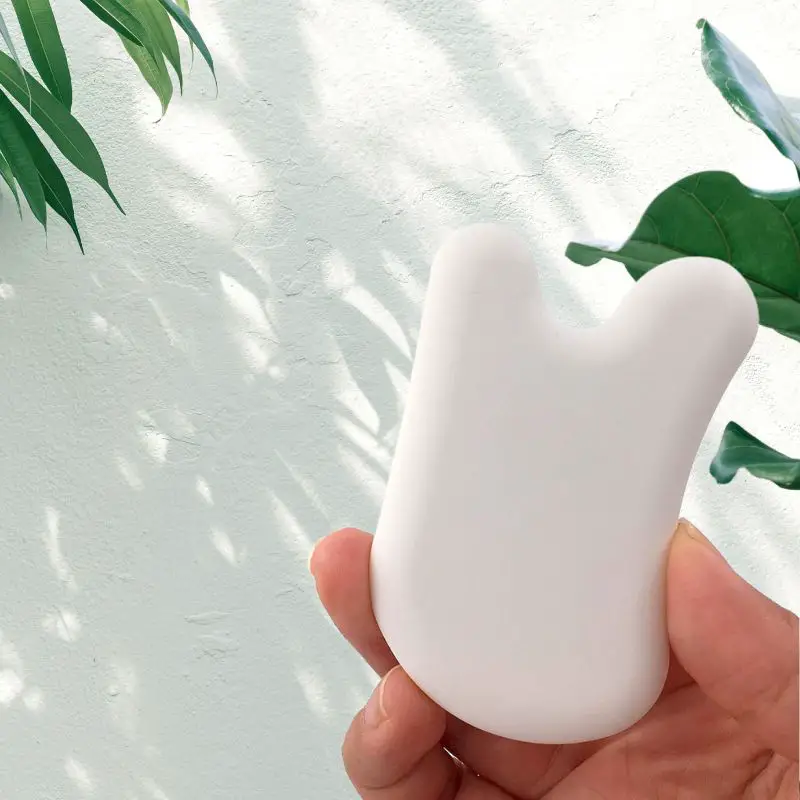
Try our Anti-Aging Gua Sha Tool designed to bring out your skin’s natural glow.
Best Gua Sha Product- Anti-Aging: The tool is designed to target 11 specific aging signs such as wrinkles and sagging skin. By following the 7-step routine, users can improve skin firmness and reduce fine lines naturally.
- Enhances Skincare Routine: It works effectively with serums and lotions, boosting absorption and efficacy of skincare products.
- Visible Skin Improvement: Users can expect a smoother complexion, reduced puffiness, and a more youthful appearance.
 P. Sze
P. Sze 
